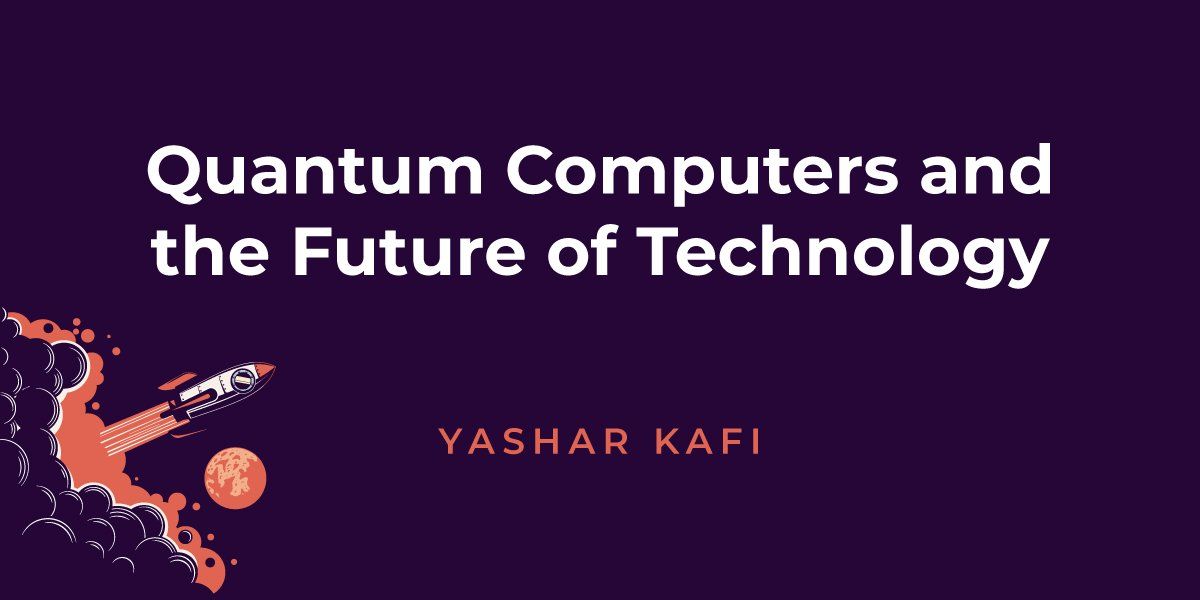Quantum Computers and the Future of Technology
Anyone who knows me can attest that I, like many people, get excited about things I read about. Lately, I have been on what you might call a quantum computers kick, avidly reading all I can get my hands on about it—and it’s mind-boggling.
Wondering what quantum computers are? It’s okay; you’re not alone. Simply put: Quantum computers can process information millions of times faster than classic computers. This is the next evolution of computers and how they calculate, and it’s exciting. In fact, Business Insider reported that the quantum computing market is projected to reach $64.98 billion by 2030.
How these supercomputers manage to accomplish this lightning-fast efficiency involves entanglement, which describes a phenomenon in which two quantum particles are connected in such a way that no matter how great the distance between them, they will both have the same state when they are measured. Quantum mechanics, the basis for quantum computing, describes the odd and non-intuitive way the universe operates at a sub-atomic level. It’s part science, part theory, and part philosophy.
Traditional Digital Computers Vs. Quantum Computers
Classical digital computers use what are called bits to store information. Bits are something many of us are already familiar with, but with traditional computers, a bit can only have two states: either a one or a zero. In contrast, quantum computers allow subatomic particles to exist in more than one state simultaneously.
Specifically, quantum computers use what are called qubits (quantum bits), which as mentioned above, can also be a one or a zero. But it can also be an infinite number of possibilities in between the two. The thing about qubits is that while a digital bit is always either on (1) or off (0), a qubit is always in what’s called a superposition state, neither on nor off. As a result, these qubits can handle a far greater amount of information—and process it much faster—than a typical computer.
While quantum computers are not meant to completely replace traditional computers, they will be invaluable in aiding technology that businesses will use to solve the more complex and data-heavy issues that we simply have not had the capacity to even touch until now. And it’s not just me that is stoked about this new technology, as the bigwigs in the industry, such as Microsoft, Google, and Amazon, are already lining up to invest in quantum tech. Clearly, these technology giants know that quantum computers are the next big thing, and their willingness to drop major coin is a key indicator that the time to invest is now.
On an albeit smaller scale, two companies that I follow that are doing some pretty cool things are Xanadu, a Canadian quantum technology company whose mission is to build quantum computers available to people worldwide and quantum computing company DWave Systems.
Whatever the future holds, it’s clear that quantum computers are the future of technology. They will greatly impact everything we do and all current jobs, from consulting to procurement to HR. I’m ready to see what comes next.




